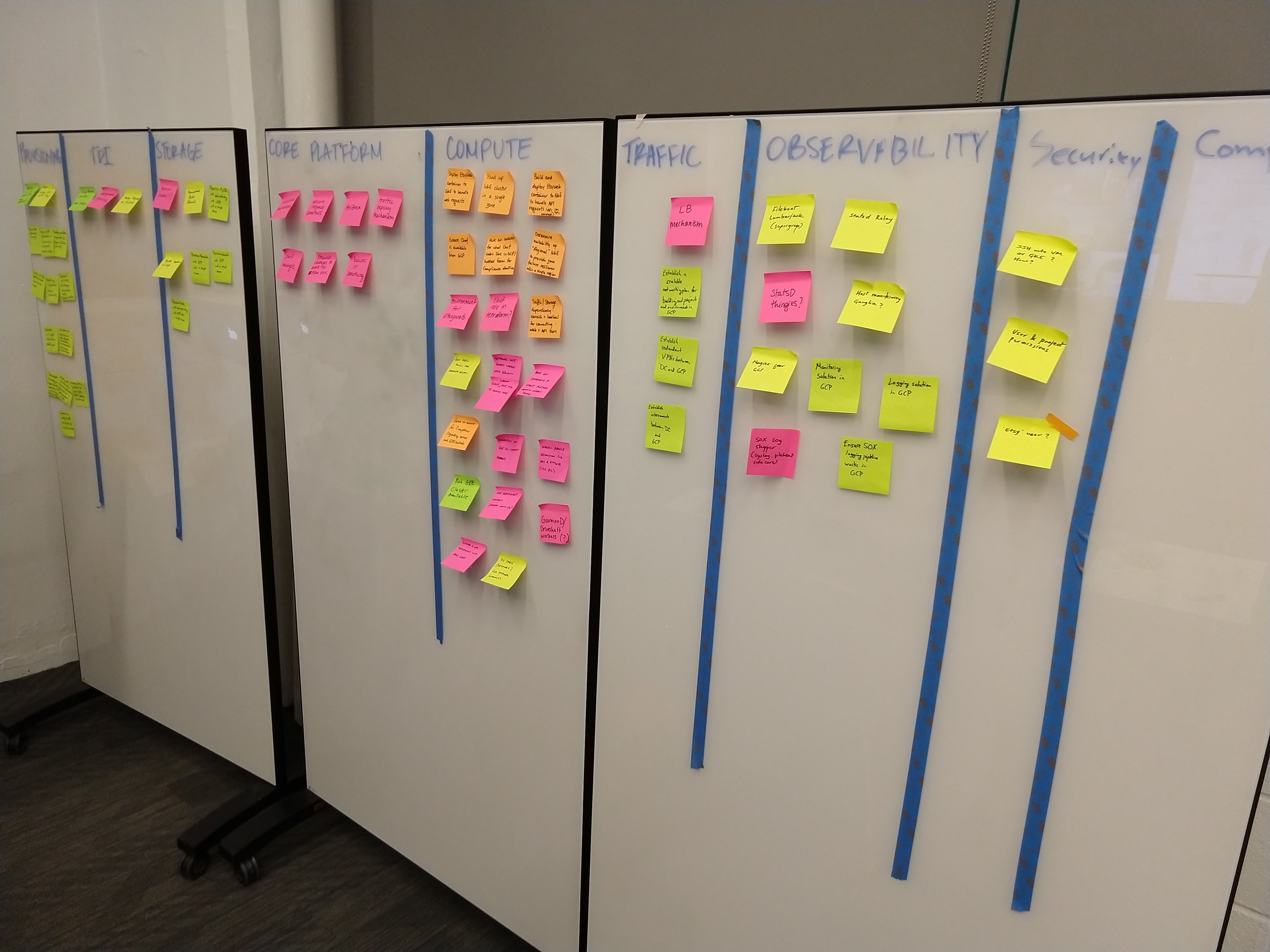Good and Bad vs Right and Wrong by Mark Stone
April 2024. In agile restrospectives, we ask "what went well" and "what could have gone better". We do not ask "what went right" and "what went wrong". We do this for two reasons, one obvious, one more subtle.
First, the obvious: "went well" and "could have gone better" are less judgmental than "right" and "wrong". In order to achieve the self-improvement that agile recommends, teams must self-reflect blamelessly, and remove judgment from their reflections to the greatest extent possible. A sense of psychological safety within a team is a strong predictor of potential to be a high performing team.
Second, and more subtle: good and bad allow for degrees, whereas right and wrong are absolutes. Something cannot be both right and wrong. On the other hand, one of my first guidances to new agile teams is to remind them that, when retrospecting, it is perfectly okay to say both "this went well" and "this could have gone better". Moving away from absolutes opens room for dialog, and even without perfect agreement on good and bad, teams can often agree on improvements that would make things better. Also, the notion that there is always a "better" to reach for helps motivate teams to continuous self-improvement.
If these sound like nuances of software development practice, they are not. Note what happens when we remove absolutes and judgment from discussions in our personal lives. For example, some people will never agree on what is right and wrong in terms of reproductive care for women. Yet those same people can find common ground on what is bad, and what would be better. Similarly, determining right and wrong in the Middle East is often hopelessly fraught, while common ground on what's bad and what would be better is much easier to find.
Bad outcomes can point to mistakes. The greatest progress comes not from assigning blame, but from identifying learnings. If you want harmony between your professional and personal life, then shed the absolutes: replace blame and judgment with curiosity and empathy.



